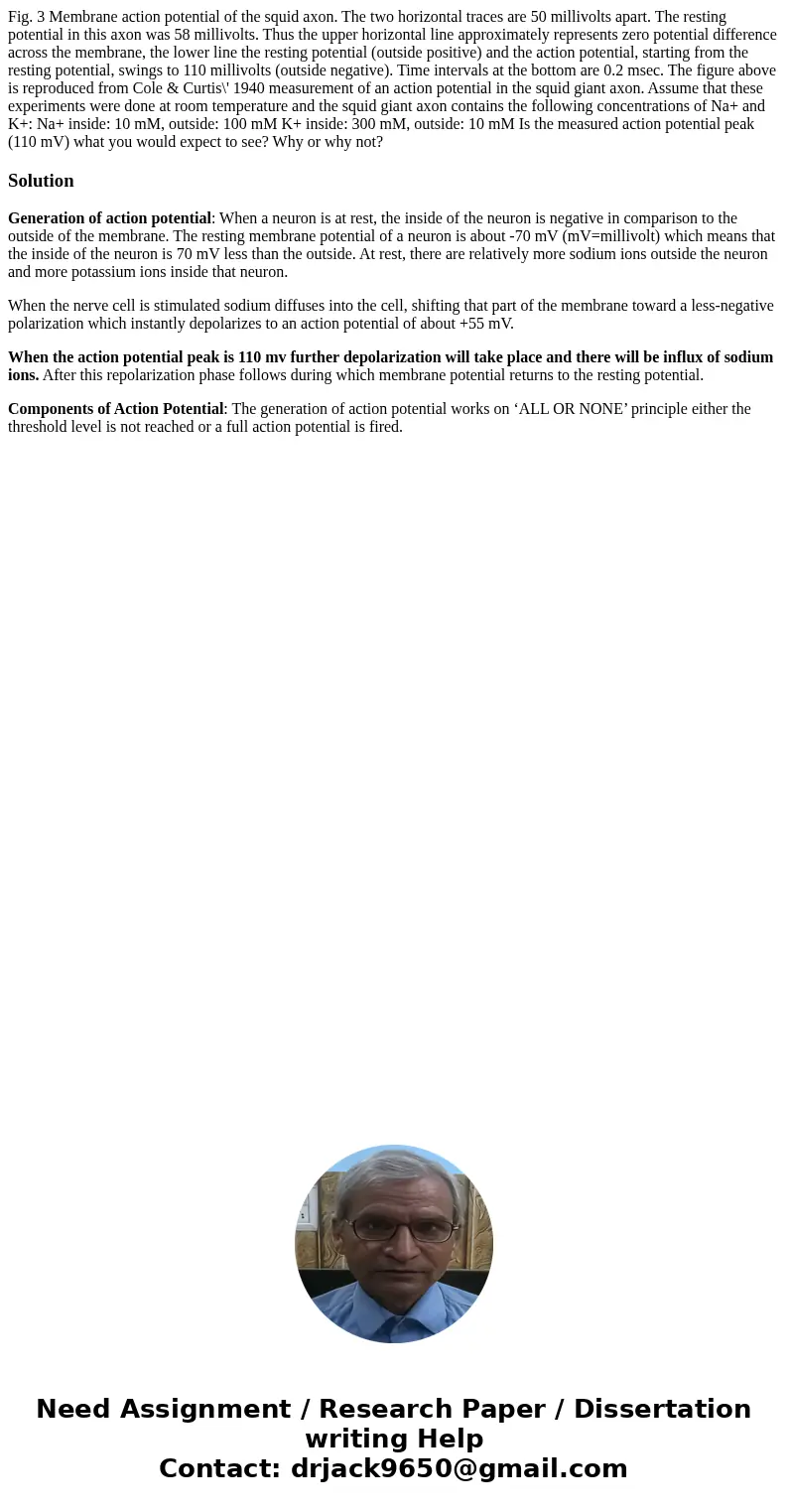Fig 3 Membrane action potential of the squid axon The two ho
Solution
Generation of action potential: When a neuron is at rest, the inside of the neuron is negative in comparison to the outside of the membrane. The resting membrane potential of a neuron is about -70 mV (mV=millivolt) which means that the inside of the neuron is 70 mV less than the outside. At rest, there are relatively more sodium ions outside the neuron and more potassium ions inside that neuron.
When the nerve cell is stimulated sodium diffuses into the cell, shifting that part of the membrane toward a less-negative polarization which instantly depolarizes to an action potential of about +55 mV.
When the action potential peak is 110 mv further depolarization will take place and there will be influx of sodium ions. After this repolarization phase follows during which membrane potential returns to the resting potential.
Components of Action Potential: The generation of action potential works on ‘ALL OR NONE’ principle either the threshold level is not reached or a full action potential is fired.

 Homework Sourse
Homework Sourse